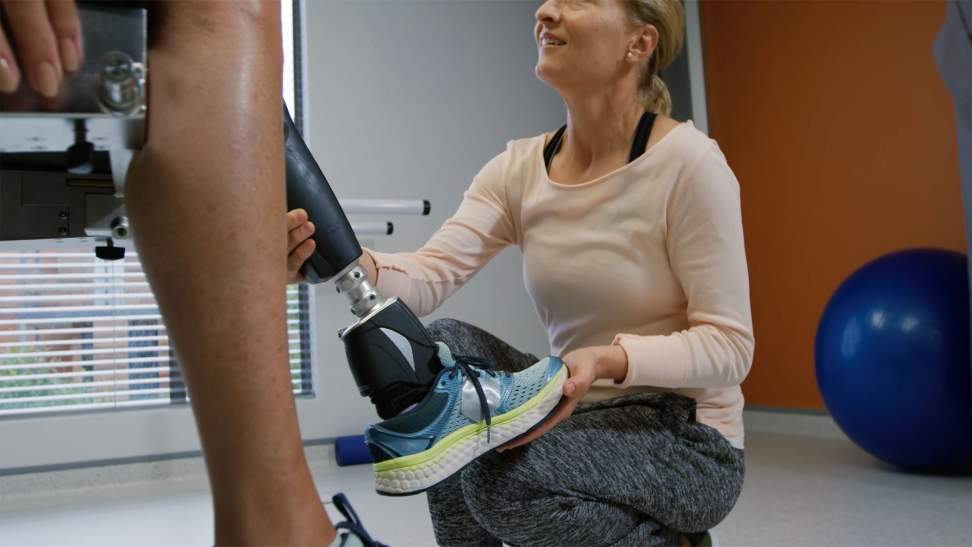11xplay Reddy Login, Betbhai9, T20exchange: In recent years, the field of prosthetics has seen significant advancements in the materials used to create artificial limbs. Traditional materials like wood and metal have been largely replaced by modern composites such as carbon fiber and lightweight plastics. These new materials offer increased strength and durability while also being lighter and more comfortable for the user to wear.
Additionally, the use of advanced materials has allowed for a more customized fit for prosthetic limbs, leading to greater overall comfort and functionality for the wearer. Silicone liners, for example, are now commonly used to provide a more comfortable interface between the residual limb and the prosthetic socket, reducing friction and the risk of skin irritation. Overall, these advancements in prosthetic materials have greatly improved the quality of life for amputees, allowing them to move more naturally and comfortably in their daily activities.
Improvements in Socket Design
Socket design plays a pivotal role in the comfort and functionality of prosthetic limbs. With advancements in technology, prosthetists are focusing on creating sockets that are more customized to the individual’s anatomy. By using advanced imaging techniques such as 3D scanning and Computer-Aided Design (CAD), prosthetic sockets can now be tailored to fit the unique contours of the residual limb, resulting in a more precise and comfortable fit for the wearer.
Furthermore, the materials used in modern socket design have also seen significant improvements. Lightweight yet durable materials like carbon fiber and thermoplastics are now commonly used to create sockets that are not only strong and long-lasting but also lightweight and comfortable. This allows individuals to wear their prosthetic limbs for longer periods without discomfort, ultimately improving their quality of life and independence.
Enhancements in Control Systems
The field of prosthetics has seen significant advancements in recent years, particularly in the realm of control systems. These control systems play a crucial role in allowing users to have more precise and natural movements with their prosthetic devices. By leveraging cutting-edge technology, such as myoelectric sensors and pattern recognition algorithms, individuals can now better control their prostheses with greater ease and accuracy.
One notable improvement in control systems is the integration of machine learning algorithms, which can adapt to the user’s unique movements over time. This adaptive technology allows for a more intuitive and personalized user experience, as the prosthetic device learns and adjusts to the individual’s preferences and habits. As a result, users can enjoy a more seamless and efficient interaction with their prosthetic limb, enhancing their overall quality of life.
What are some advancements in prosthetic materials?
Some advancements in prosthetic materials include the use of carbon fiber, titanium, and silicone to create more lightweight and durable prosthetic devices.
How have socket designs improved in recent years?
Bet365 ID, Play247 Online, Iceexchange: Socket designs have improved through the use of 3D printing technology, adjustable components, and personalized customization to provide a more comfortable and secure fit for amputees.
What are some enhancements in control systems for prosthetic devices?
Enhancements in control systems include the use of myoelectric sensors, neuromuscular interfaces, and machine learning algorithms to improve the functionality and responsiveness of prosthetic devices for users.
Must Read :
- Understanding the Art of Predicting Long-Term Outcomes
- The Evolution of Player Analytics: A Closer Look at Machine Vision
- Benefits of Choosing Essentials Hoodie: A Streetwear Enthusiast’s Perspective

